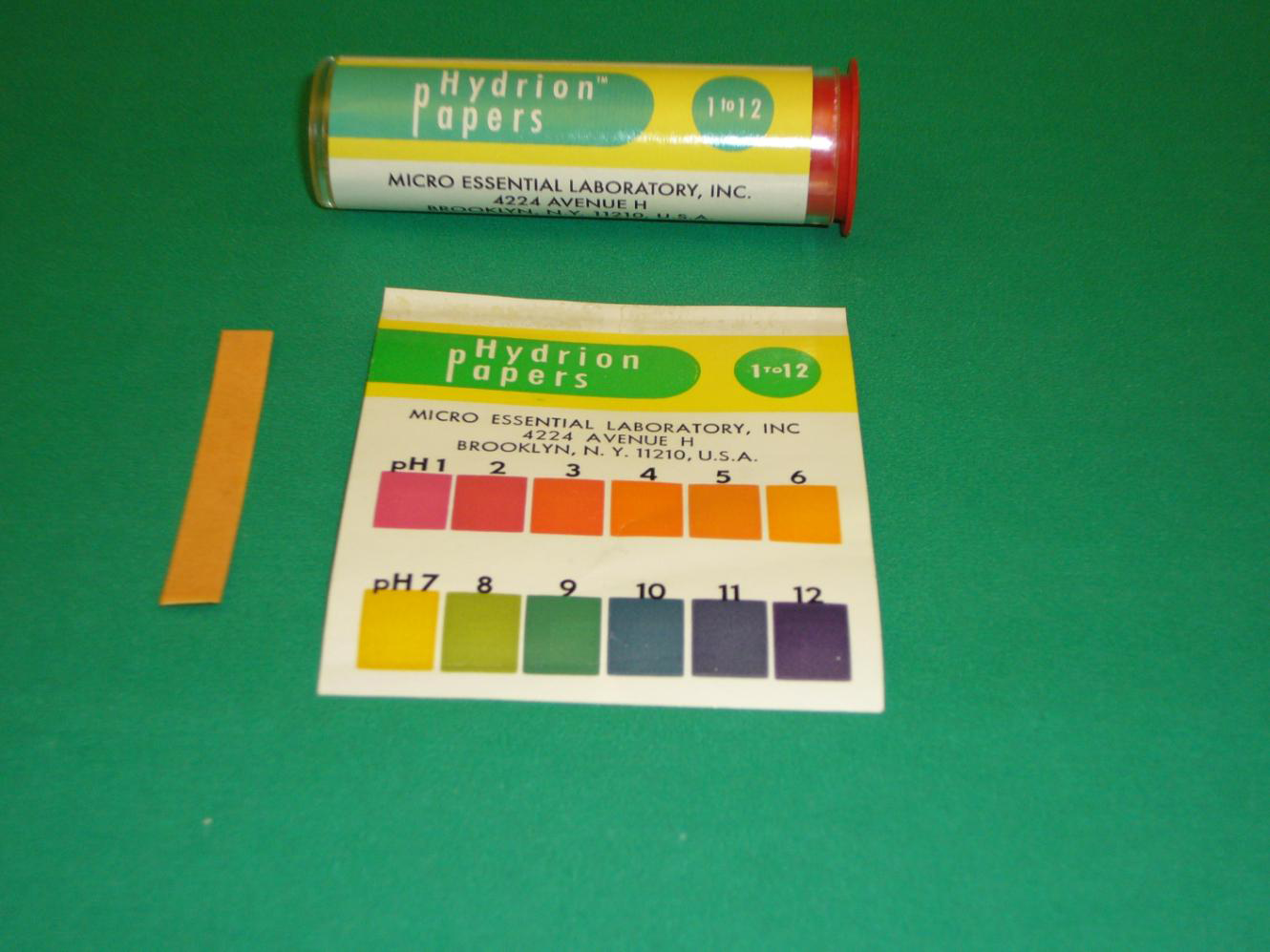A CASE OF POSSIBLE PRODUCT TAMPERING
The Quality Vinegar Company has requested an analysis of their most recent production of white vinegar.
Last week, an employee was caught sleeping on the job and was fired. He threatened to ruin the reputation of the company, and now the plant manager fears that he may have tampered with the acid content of the vinegar.
With too much acid, the vinegar might be harmful to the consumer and the company might be sued, and with too little acid, the company might be accused of selling an inferior product.
Test the suspicious sample and determine if the employee should be arrested.
Scientific Information
The amount of acid present is determined by measuring the pH, the amount of Hydrogen (H+) ions in the solution. pH stands for per Hydrion, a combination of the words hydrogen and ion. H+ ions are released by an acid when it is added to water. Pure water is considered to be neutral. It is not acidic or basic, and has a pH of 7. A solution with a pH below 7 is considered to be acidic. With a pH greater than 7, a solution is considered basic. A pH of 1 is the most acidic, while a pH of 14 is the most basic.

Figure 1
Vinegar, lemon juice, and soda pop are examples of solutions which are acidic. Drain cleaner, ammonia and bleach are basic solutions.
An easy way to measure pH is to use litmus paper. This chemically treated paper changes color depending on the pH of the solution it comes in contact with. The type of litmus paper we will use changes to a different color for each pH value from 2 to 12. Some of the colors are shown below. The color will change from deep red in acidic solution to deep purple in basic solution.

The acid in vinegar is acetic acid which has the chemical formula CH3COOH. Quality Vinegar Company's vinegar is 5°/o acetic acid mixed with water. This vinegar product should have a pH of about 3, so the litmus paper should be orange in color. We will test a sample of vinegar that was bottled before the employee was fired and compare it to a sample collected after he made his threats.